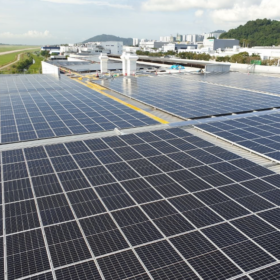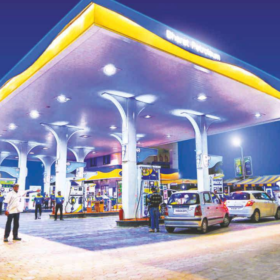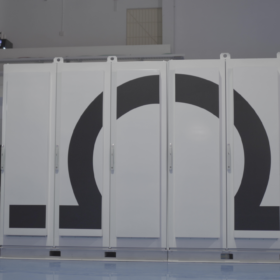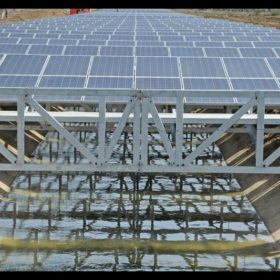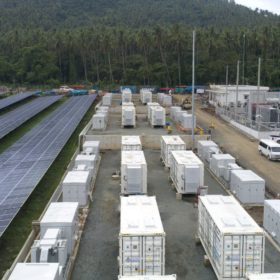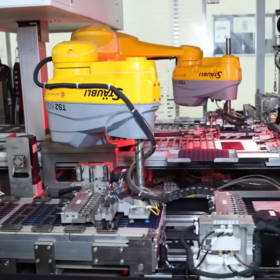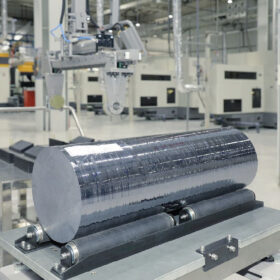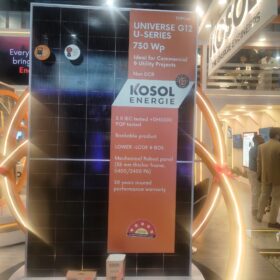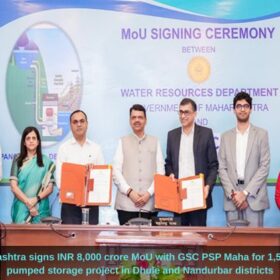Building a sustainable, vertically integrated solar manufacturing ecosystem in India
A new report by JMK Research and IEEFA says Indian solar manufacturers need to create a strong foundation for sustainable development overall by integrating raw materials and impetus to R&D in their plans, rather than focusing solely on output.
Sify partners Vibrant Energy for 231 MW of solar and wind power
The digital solutions provider has signed power purchase agreements with Vibrant Energy for a total of 231 MW of solar and wind energy capacity to power its latest hyperscale data centers.
Rollable CIGS solar modules from France
French start-up Solar Cloth is planning to scale up capacity at its module production facility near Cannes. The factory will produce 17.6%-efficient flexible solar modules integrated into textile supports.
LG exits solar module business
The Korean manufacturer said its solar module business will be closed by the end of June. It blamed uncertainties in the global solar industry for its decision.
Adani Group to explore hydrogen fuel cell manufacture in India
Adani and Canadian PEM fuel cell producer Ballard Power Systems will examine various co-operation opportunities including fuel cell production.
Hero MotoCorp, BPCL partner for large-scale EV charging infrastructure
Hero MotoCorp has partnered with Bharat Petroleum Corporation Limited (BPCL) to develop the charging infrastructure for two-wheeled electric vehicles (EVs) at BPCL’s existing nationwide energy station network.
Ohmium to sponsor CSIR-CECRI research on advanced materials for electrolyzers
Ohmium has collaborated with India’s CSIR-Central Electrochemical Research Institute as it aims to make green hydrogen not only cost-effective but also scalable to meet the world’s demand. The sponsorship enables it to leverage CSIR-Central Electrochemical Research Institute’s deep expertise and resources for further development of electrolyzer technology.
NTPC exploring canal-top, floating solar potential at thermal power station in Uttar Pradesh
NTPC has invited bids to carry out the feasibility study for canal-top, elevated-module mounting structure and floating solar at its Tanda thermal power station in the Ambedkar Nagar district.
Philippines’ largest battery comes online at 120MW solar park
The 40MW/60MWh Alaminos Energy Storage system is now connected to the 120MW Alaminos solar park. Both facilities were built by renewable energy developer AC Energy.
Azure Power refinances its 600MW Rajasthan solar project at the lowest rate of interest in its portfolio to date
The Indian developer has refinanced its existing term loan of INR 23.50 billion (US$ 313 million) for the 600MW solar project at an interest rate of 7.2% per annum, fixed for 42 months.

